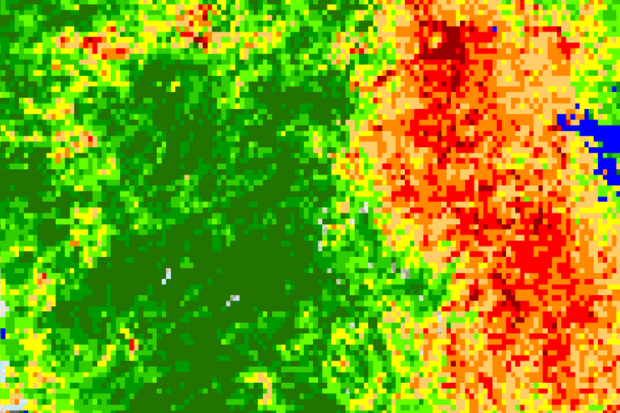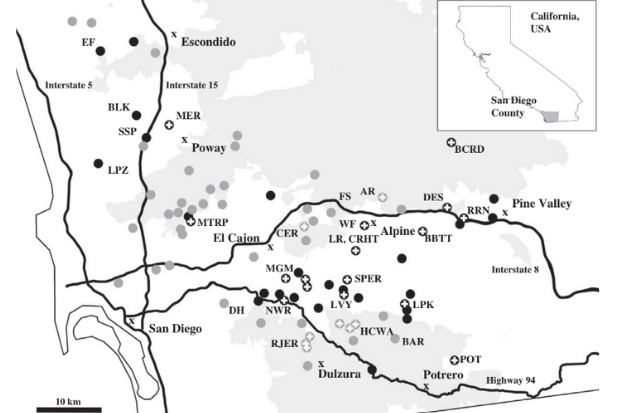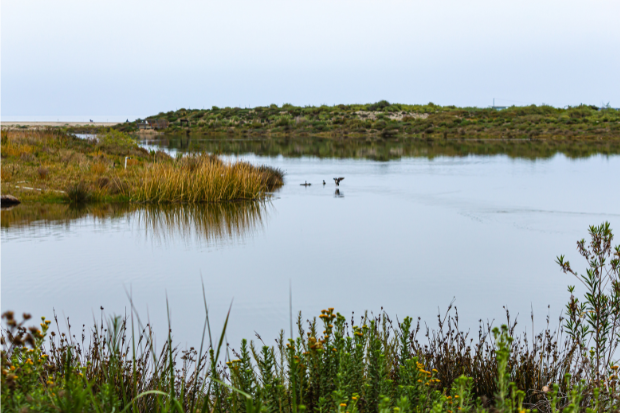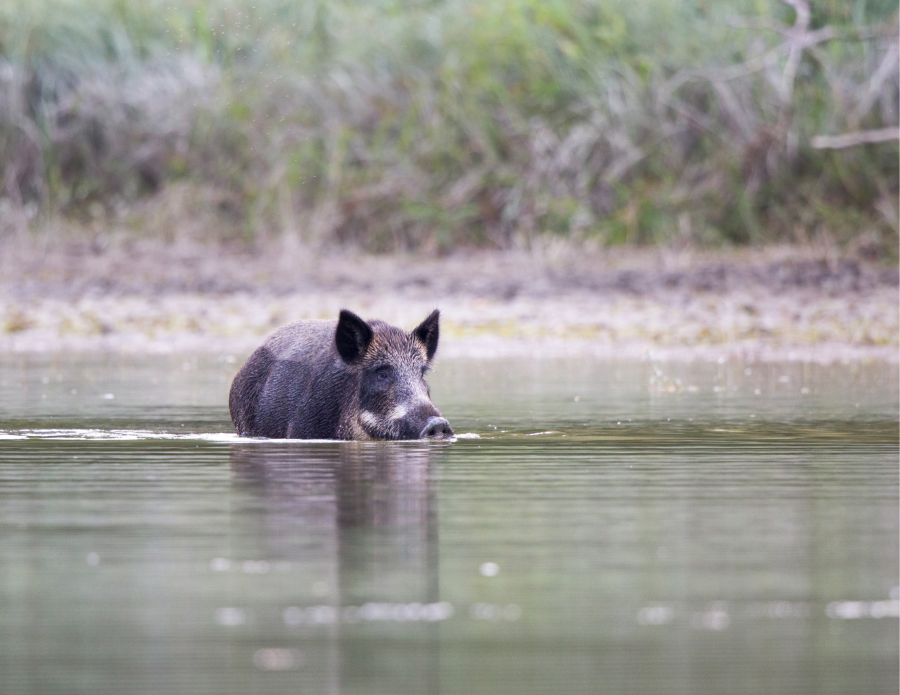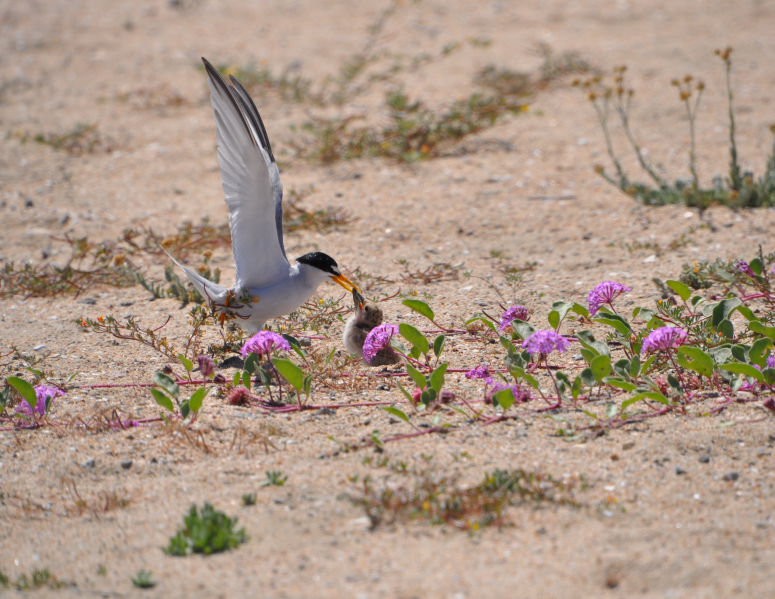Ecological Management and Conservation
Given the unprecedented and urgent challenges facing biodiversity today, IEMM works to restore, protect, and sustainably manage species and their natural habitats.
IEMM's specialization in Ecological Management and Conservation harnesses our strengths in five areas of expertise: landscape and connectivity modeling, biogeography and vegetation mapping, population monitoring and assessment, population and conservation genetics, and watershed processes and wetland health.

Landscape and Connectivity Modeling
IEMM employs a diverse range of theoretical frameworks, modeling techniques, and empirical observations. This data serves as a crucial guide for reserve design, land acquisitions, and the establishment of restoration and management objectives.
Biogeography and Vegetation Mapping
IEMM's mapping expertise lies in analyzing spatial and temporal patterns of species diversity, community composition, post-disturbance resilience, the impact of exotic species, and species habitat preferences.
Population and Conservation Genetics
IEMM supports various projects employing field-based monitoring and assessment techniques, including genetic analysis, to inform management strategies for population tracking.
Population Monitoring and Assessment
We collaborate with land managers and various partners to monitor and evaluate species and natural communities. Our researchers gather and analyze diverse data to identify population trends and other species health and distribution data.
Watershed Processes and Wetland Health
IEMM scientists specialize in studying the impacts of urbanization and fire on watershed processes. We focus on understanding the primary processes governing water characteristics, sediment transport, and aquatic habitat, and how they benefit both nature and people.

IEMM’s feral pig monitoring program informs the strategy and actions of a county-wide cooperative wild pig eradication effort. Since 2014, SDSU scientists have been part of the Feral Pig Working Group, which includes 11 state, local, federal, and Tribal government agencies.
Led by IEMM in 2014, this project is facilitating the implementation of a scientifically robust, statewide monitoring and management program for California least terns. Species recovery objectives and current understanding of California least tern ecology guide IEMM’s research methods and goals.
This project aims to improve upon past deer population surveys in San Diego County. Our work involves informing more effective management decisions, as well as further investigating and better addressing population health, landscape fragmentation, and other factors that may impact the deer.
Working in partnership with the California Department of Fish and Wildlife, SDSU researchers are determining demographic parameters that drive Peninsular bighorn sheep population growth. Our up-to-date population models inform targeted management options in response to predicted sources of population decline.
Since 2014, IEMM has worked with Caltrans to study wildlife movement along Highway 67 in San Diego as part of a long-term highway expansion project. Our work includes the study of existing culvert structures, roadkill investigations, and assessment of previously collected bobcat movement data.


